China's government debt expansion remains sustainable given the country's vast State-owned assets and relatively low debt levels, the People's Bank of China, the country's central bank, said in its first-quarter monetary policy report released on Friday.
The central bank said that as of the end of 2022, China's broad government sector held net assets equivalent to 91 percent of GDP, in stark contrast to the net liabilities equivalent to 119 percent of GDP for both the United States and Japan in 2022.
By combining asset and liability data of the Chinese government — compiled by the Chinese Academy of Social Sciences — and the PBOC's own balance sheet, the report estimated that China's broad government sector held total assets worth 166 percent of GDP and total liabilities at 75 percent by the end of 2022.
A significant portion of these assets — about 119 percent of GDP — comprised equity in State-owned enterprises, the report said, with the value of SOE equity estimated to grow at an average annual rate of 13.8 percent between 2012 and 2022, providing a solid asset base to support the government's debt expansion.
"Government debt sustainability depends not only on the size of liabilities, but also on the structure of governmental assets and liabilities and the income-generating capacity of the assets," the report said.
The sustainability of China's government debt expansion will play a positive role in enhancing social welfare, improving income distribution and supporting economic transformation, the central bank said.
The report also highlighted the PBOC's emphasis on inflation, vowing to promote a reasonable recovery in prices as "an important consideration" in policy setting.
China is scheduled to release the growth in the consumer price index, a main gauge of inflation, on Saturday, which analysts said may stay close to zero year-on-year after a 0.1 percent drop in March.
The central bank added that it will work to reduce banks' funding costs, lower overall social financing costs, maintain the yuan's exchange rate at a reasonable and balanced level, closely monitor global monetary developments and ensure ample domestic liquidity using a mix of policy tools, including the reserve requirement ratio.










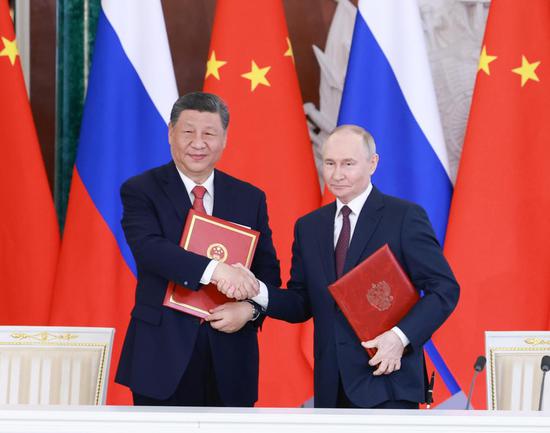

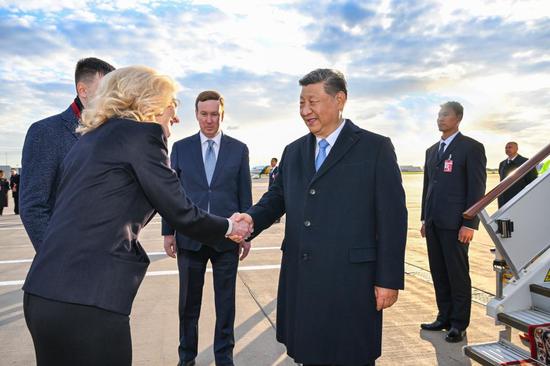









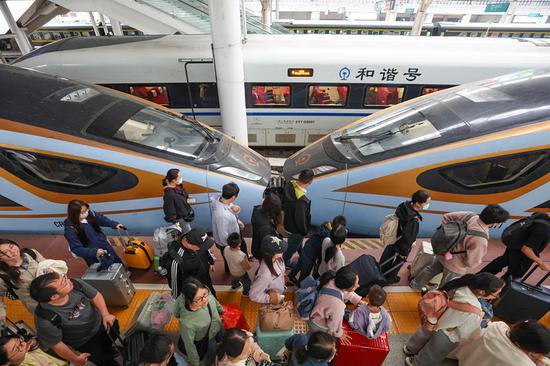


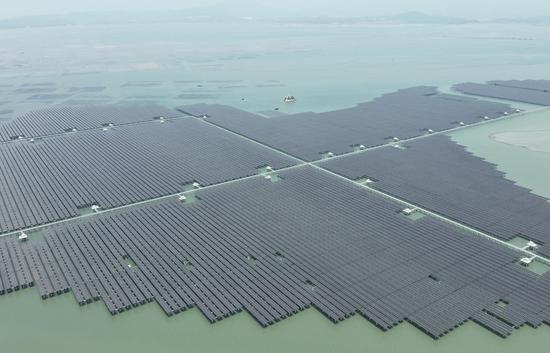
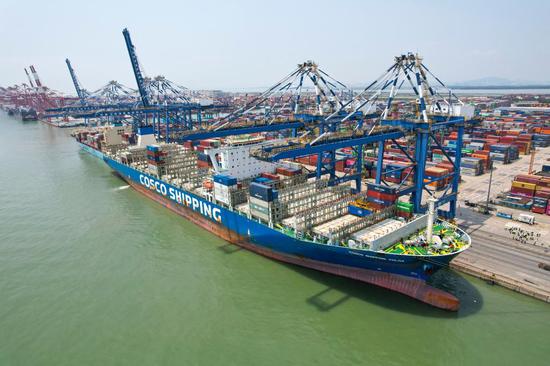






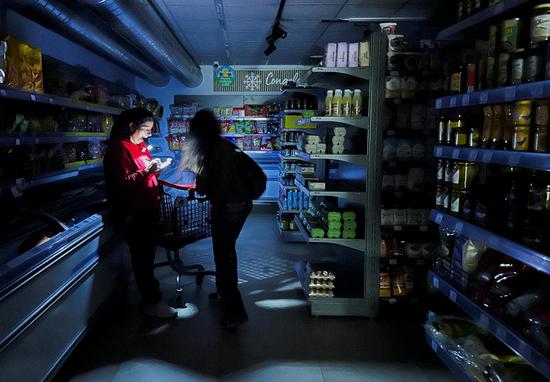
















 京公網安備 11010202009201號
京公網安備 11010202009201號